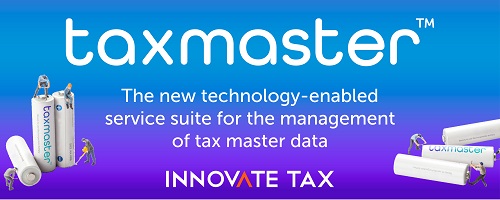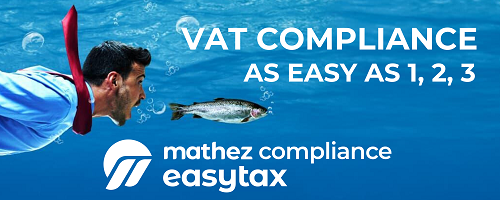In June 2018, the United States Supreme Court ruled issued a ruling in favor of South Dakota, which had recently adopted a law imposing sales tax liability on businesses that made remote sales into the state. With that official sanction, the then-novel concept of “economic nexus” took root, ushering in a new era of sales tax regulation.
While economic nexus may seem straightforward conceptually—it merely makes businesses with a certain amount of sales in a state liable for any sales tax associated with those sales—in practice it can get quite confusing. Indeed, simply recognizing when a business has economic nexus in a state can be difficult to manage, which can be very problematic for businesses, like wineries, that rely on being absolutely aboveboard when it comes to compliance.
To help, here’s an overview of what economic nexus is and how to best keep track of different sales thresholds to recognize where a business does have sales tax liabilities. Further below, you’ll find a detailed table listing state-by-state rules.
Source: SOVOS
Latest Posts in "United States"
- Trickiest countries in which to achieve compliance
- Maine Changes Sales Tax Timing for Leases Under New Implementation Rule
- Illinois Eliminates State Grocery Sales Tax, Allows Local 1% Tax Options
- California Extends Sales Tax Exclusion for Energy Projects Until 2028
- Washington Expands Sales Tax to IT Services, Marketing, and Online Classes















